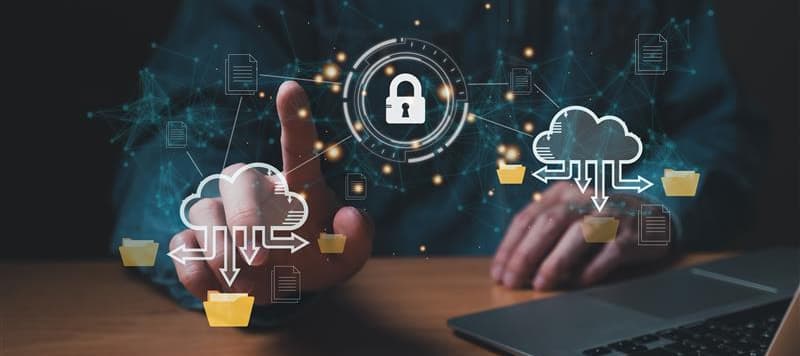/rəˈzilyəns/
The capacity to recover quickly from difficulties; toughness
We’re no strangers to buzzwords. Poke around most technology websites and you’ll find no shortage of industry jargon. But when there’s more confusion than clarity surrounding IT buzzwords, we need to take a step back and make sure we’re all speaking the same language. Take two examples: “disaster recovery” and newest buzz phrase on the block, “IT resiliency.” You’ll often find them used interchangeably, which leads to confusion. In this post, we’ll break down the meaning of both phrases and explain their significance for small and midsize businesses.
Disaster Recovery
Disaster recovery describes the policies and procedures for restoring access to critical systems and data after an interruption. Having the right tools, policies and procedures in place will determine whether an organization can meet pre-established goals for recovery speed and point-in-time. (Speaking of IT jargon, these goals are commonly referred to as “recovery time objective” and “recovery point objective,” or “RTO” and “RPO” for short.)
Some technology professionals define a disaster as whenever you lose access to a file or system. If you consider the average cost of downtime for businesses (thousands of dollars per hour), they’re right. For most of us though, a disaster is a catastrophic event, like an earthquake, flood or fire. But this view leads some businesses to underestimate the importance of disaster recovery based on false assumptions about the likelihood of a data loss event. Why invest resources in mitigating the risk of something that’s not likely to happen? The reality is that businesses lose data for a lot of reasons, including accidental deletions, cyberattacks and equipment failures. And these risks are no less threatening than the ones Mother Nature throws at us.
Another misconception is that disaster recovery is expensive and complex. While there was a time when disaster recovery was mostly an enterprise-level offering, the growth of cloud computing and the drop in storage costs have made disaster recovery affordable for businesses of all sizes.
In fact, we’re one of the first companies to offer robust disaster recovery solutions with features and pricing that make it accessible for small and midsize businesses. That being said, we like to think of disaster recovery as part of a larger strategy for IT resiliency.
IT Resiliency
IT resiliency speaks to the bigger picture: maintaining access to data and systems for users under any condition. It’s less about making investments to mitigate threats that may or may not occur, and more about facilitating the delivery of essential services that keep a business moving.
Over the years, we’ve spoken with many businesses and IT professionals about different ways of ensuring reliable RTO and RPO. What we’ve heard is that businesses need to maintain near-continuous access to their data. In fact, most of the businesses we’ve spoken with expect full recovery of mission-critical data in no less than four hours. To achieve this goal, organizations need to think beyond disaster recovery and more in terms of IT resiliency. This requires thinking about proactive measures to achieve resiliency rather than a system for recovering data. It’s the kind of thing IT shops do every day to help avoid disasters.
Protecting large datasets requires robust tools that can scan and restore entire systems efficiently and rapidly. Defining mission-critical applications and having the ability to customize retention based on the type of data or system under protection is also key. Splitting retention between local and cloud targets is a powerful tool that helps businesses meet their predetermined RTO and RPO. Businesses also need flexible recovery options that allow IT administrators to restore either granular or full system data depending on the situation.
In today’s data-driven environment, businesses need to ask:
- What can you recover?
Individual files? Complete systems? Virtual servers?
- Where can you recover it from?
Locally? From the cloud? From yesterday? A week ago? Fifteen minutes ago?
- How fast can you recover it?
One hour? Less than four? Less than 15 minutes (system failover)?
- Where can you restore it to?
A new machine? Another location? A mobile device?
These questions aren’t just about disaster recovery, they’re about maintaining access to data for users every day, no matter what. They’re about toughness and durability. They’re about IT resiliency.
The bottom line is this: It doesn’t really matter what you call it. All that matters is that businesses have an effective plan for ensuring the security and accessibility of their most valuable asset: data.










